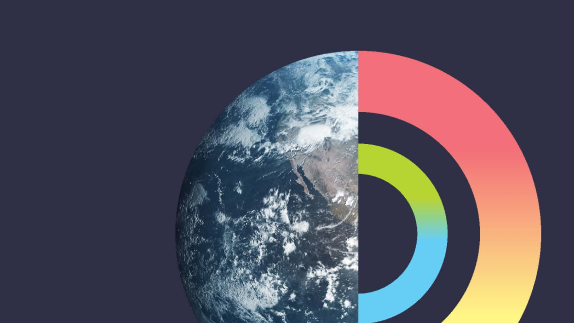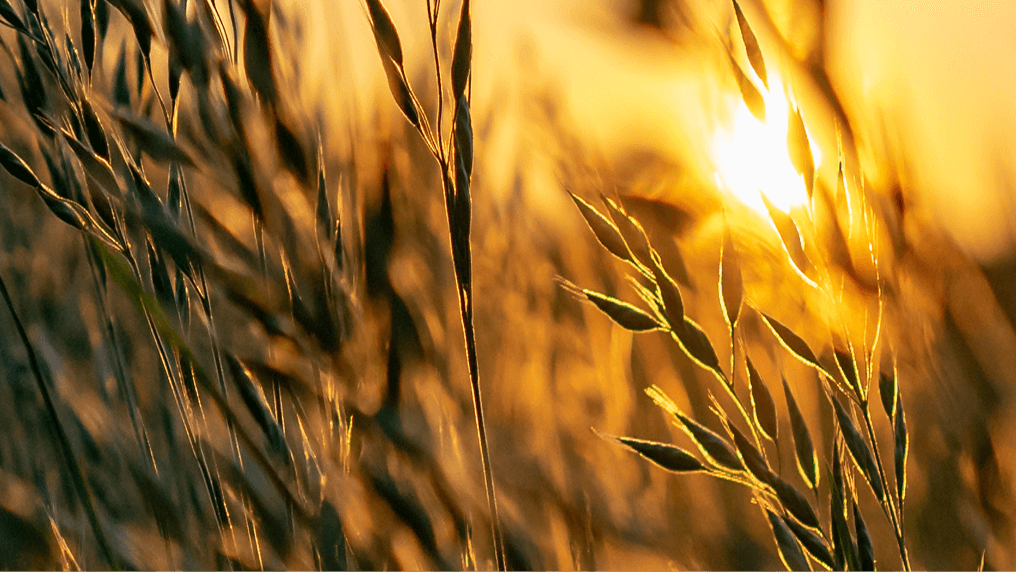The transition to renewable energyrenewable energyEnergy derived from resources that are not depleted on timescales relevant to the economy, i.e. not geological timescales. is critical in reducing our greenhouse gas emissions, but it’s only half the story. To complete the picture, we need to redesign the way we make and produce things, including our food. From regenerative agroforestry to diversifying crop production, food companies and farmers have made a start — but there is much more to do. This is a circular economycircular economyA systems solution framework that tackles global challenges like climate change, biodiversity loss, waste, and pollution. It is based on three principles, driven by design: eliminate waste and pollution, circulate products and materials (at their highest value), and regenerate nature. for food — rather than bending nature to produce food, food can be redesigned for nature to thrive.
The circular economy: eliminate waste and pollution, circulate products and materials, regenerate nature.






